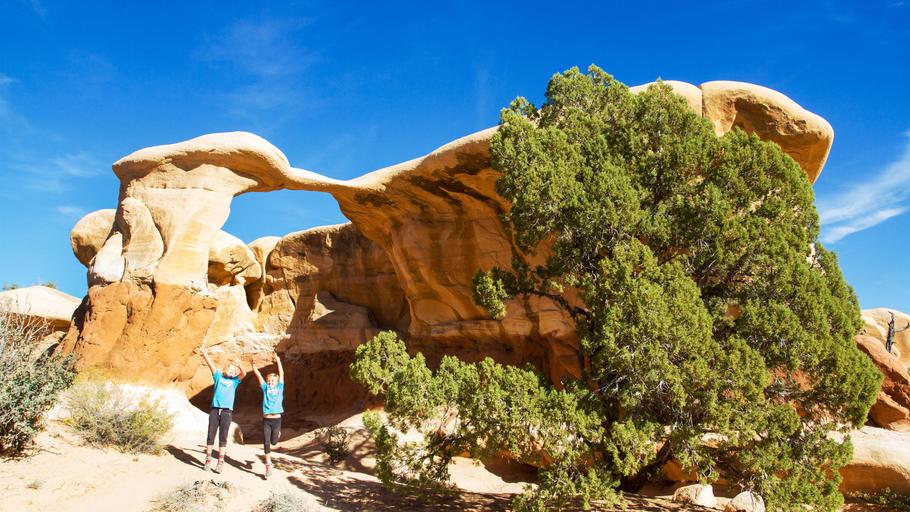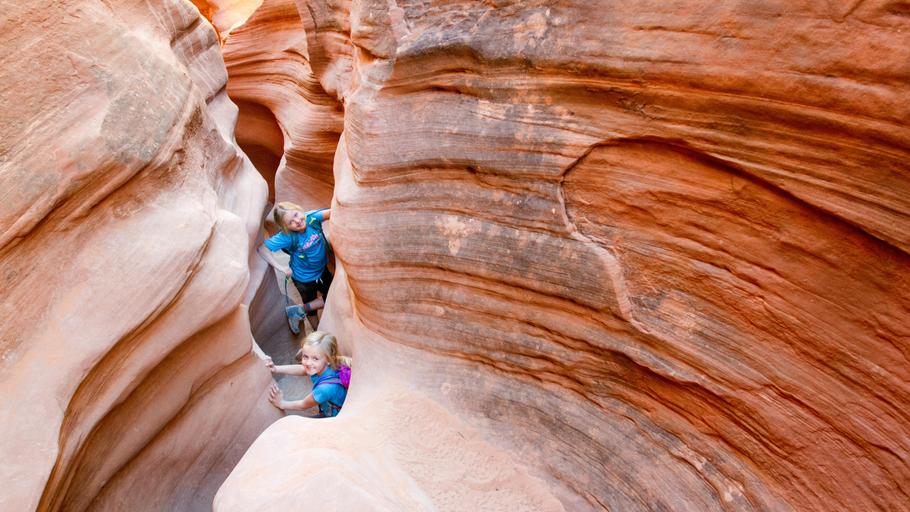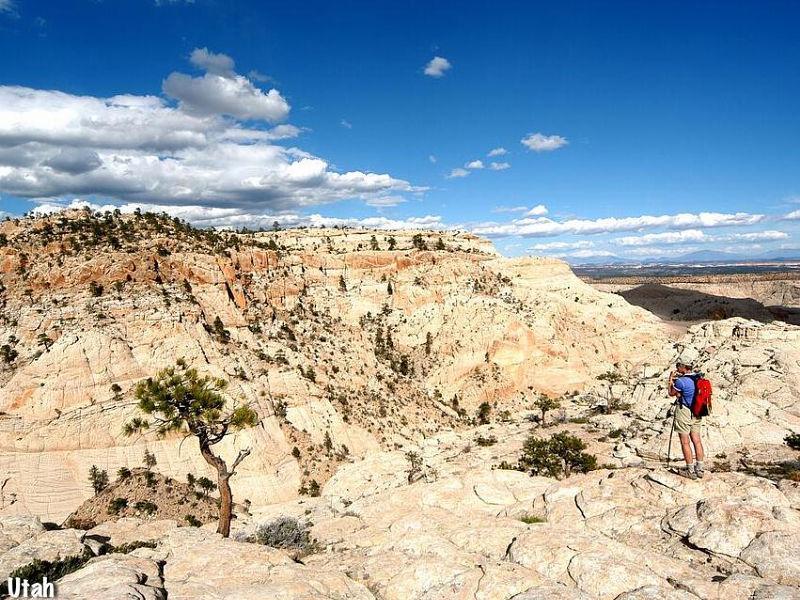Backcountry Basics
- Posted On
- Apr 01, 2020
- Category
- Southern Utah
Family Friendly
Educational
Backcountry Basics
By Monique Beeley
What does backcountry mean to you? Is it the areas that are only accessible by hiking or backpacking for several miles? Or, must you venture out on remote, super gnarly, high-clearance-only dirt roads?
By definition, a backcountry area is a geographical region that is isolated, remote, undeveloped, and difficult to access. So...the answers to the above questions are yes…BUT… there are plenty of backcountry areas in Utah that are fairly easy to access. And, thanks to the influence of social media, they are heavily visited by people who may not necessarily have the knowledge, skills, understanding, gear, etc. to be safe.
Examples are the many bucket list destinations in the Grand Staircase Escalante National Monument that are all easily accessed from the Hole in the Rock Road. For some, when they hear that this is a National Monument, they have the expectation you can just show up and there will be signs, well-established trails, hiking details at trailheads, bathrooms, water, and of course, cell service so that you can just google directions in route if needed. Amenities and infrastructure are similar to what you find at Zion National Park… right?
Even the well-seasoned adventurer can get themselves into sticky situations in the backcountry because accidents do happen to all of us. The difference is, in these remote areas, your go-to call or easy out is not that easy, and with no cell service, the call is more of a shout than an actual call.
So be prepared, and make sure your whole family is prepared, not just one member of your group, but everyone. Even the kids should have a basic understanding of what to do if something unfortunate happens. I have had this conversation with my daughter many times, because often it is just the two of us out adventuring, and if something happens to me, she needs to know what to do. I’m hoping that at this point you are not thinking you should just avoid backcountry exploring, but instead, you are thinking about how you can prepare yourself and your family for these types of adventures.
THE BACKCOUNTRY CHECKLIST
- Know before you go – weather, road conditions, route, download map, cell service, trailhead amenities (bathroom, water).
- Check-in with a local – visitor center, BLM, forest service office. Especially if it is your first time visiting the area. This can also be an educational stop for kids to learn more about the area.
- Follow Leave No Trace Principles – Be prepared to pack out everything… including in
 W.A.G bags.
W.A.G bags. - Water and food – Water = 1 liter per person for a 2-hour hike and food for the hike. Also, have additional water and food in your car.
- Communication – Make sure someone outside of your group knows your plans and then check in with them when you are back. Cell service is limited so plan ahead.
- Backpack essentials – sun protection (sunglasses/sunscreen/lip balm/hat), first-aid, headlamp/flashlight, additional layer of clothing.
- Personal Locator Beacon (PLB) or Satellite Messenger – Be sure everyone knows how to use it before you leave home.
- Know your limitations – Turn back if needed, this is not the time to push limits with your family.
- Stay together – Be sure to stay within eyesight or earshot.
- Have a plan – Talk with your family about what to do if something happens on the trail. Point out landmarks along the trail and make sure they know how to get back to the car.
- Before your first trip this spring, sign up for the USARA card.
The Utah Search and Rescue Assistance Card (USARA) which launched in 2017, should be added to your list when recreating in Utah. This card provides a one-year individual subscription for $25 and a family for $35. The funds from this program supplement Utah’s Search and Rescue Financial Assistance Program, which is currently funded through surcharges on registered recreational vehicles and boats. The program distributes hundreds of thousands of dollars yearly to counties across the state, but those reimbursements often do not cover the full cost of search and rescue efforts. The expense of Search and Rescue can strain the small tax bases in rural communities like Escalante and Moab. And this lack of funding has forced some counties to back-bill search and rescue victims. Recent studies show that 63% of victims are rescued in a different county than where they reside.
For more information on the USARA card go to Secure.Utah.gov/rescue/
Tags
SafetyArchives
- 2023
- 2022
- 2021
- 2020
- 2019
- 2018
- 2017
- 2016
- 2015
- 2014
- 2013
- 2012
- 2011
- 2010



